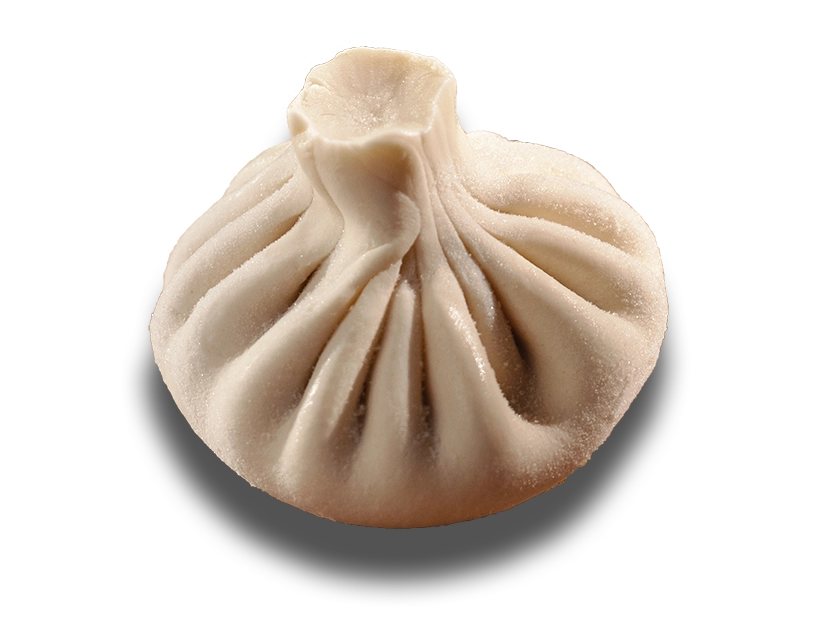
What is khinkali?
Khinkali (pronounced "khin-KAH-lee”) are traditional Georgian soup dumplings typically filled with spiced meat (usually a mix of pork and beef or lamb), herbs, and onions. Its broth-filled interior, traditional eating method, and specific pleating technique set it apart from other dumplings. These pleats, or folds, are important, and NAMU has 12 in their process.
How are the folds significant?
Khinkali folds are the mark of a well-made dumpling. Traditionally, the number of folds indicates the cook's skill. More folds = better craftsmanship.
Dumplings are a Worldwide Phenomenon
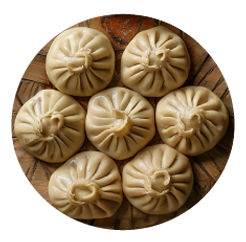
Khinkali
Georgia
What Makes Them Unique
Traditionally, they’re filled with a mixture of spiced meat and herbs. Khinkali is notable for its juicy filling and the ritual of consuming the broth inside first. The dough is thick enough to hold the filling but tender when cooked. The top knot, often left uneaten, serves as a handle.
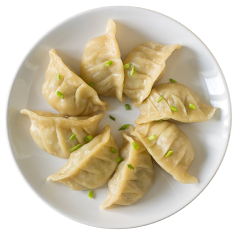
Jiaozi
China
What Makes Them Unique
Jiaozi are filled with ground meat or vegetables and can be boiled, steamed, or pan-fried (potstickers).
They are usually served with soy sauce, vinegar, and chili oil dipping sauce.
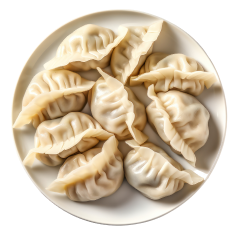
Gyoza
Japan
What Makes Them Unique
These dumplings are typically pan-fried.
Gyoza are usually pan-fried, creating a crispy bottom, then briefly steamed to cook the top.
They are served with a dipping sauce made of soy sauce, rice vinegar, and chili oil.
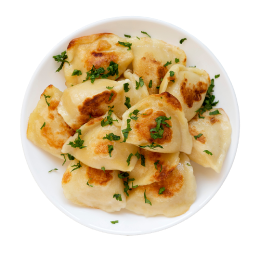
Pierogies
Poland
What Makes Them Unique
Pierogies are filled with ingredients like potatoes and cheese (pierogi ruskie), meat, mushrooms, or fruits for a sweet version.
They’re boiled, sometimes pan-fried, and served with sour cream, fried onions, or bacon bits.
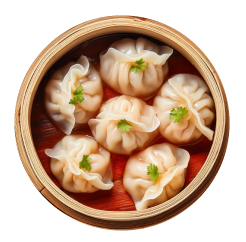
Mandu
Korea
What Makes Them Unique
These dumplings are filled with pork, beef, tofu, kimchi, and vegetables like mung bean sprouts and chives.
They can be steamed, boiled, pan-fried, or deep-fried and are usually served with a dipping sauce made of soy sauce, vinegar, and sesame oil.

Potstickers vs. dumplings
These terms are often used interchangeably, but that’s not quite right! Potstickers are a type of Chinese dumpling with crispy, browned bottoms and tender steamed tops, achieved by pan-frying and steaming. Dumplings encompass a wide variety of filled dough preparations from various cuisines, including steamed, boiled, or fried versions. The term "dumpling" can refer to Japanese gyoza, Korean mandu, Eastern European pierogi, and—of course—Georgian khinkali.
Spice Up Your Dinner Table
Give our soup dumplings a try and see what happens when you serve traditional Georgian flavors.